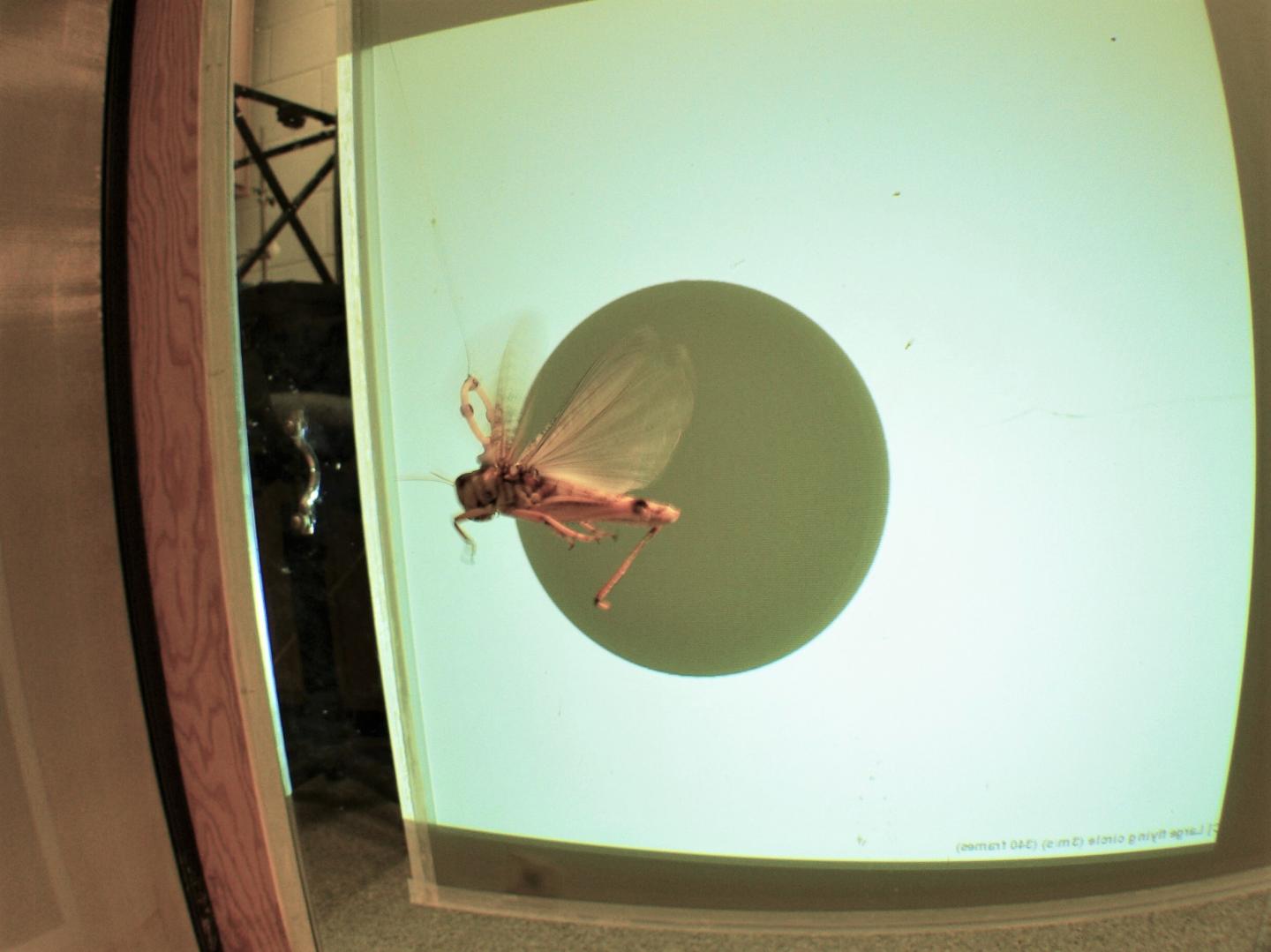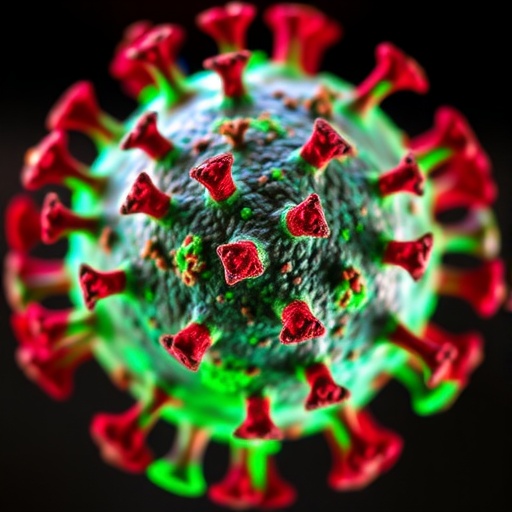
Credit: University of Saskatchewan
Traces of neonicotinoid pesticides can impair a flying insect’s ability to spot predators and avoid collisions with objects in their path, new research by the University of Saskatchewan (USask) shows.
Residual traces of these widely-used pesticides can profoundly affect a flying insect’s ability to detect movement–a skill crucial to survival, according to the paper published in the journal NeuroToxicology.
Within an hour of being treated with tiny amounts of neonicotinoids or their metabolites (trace elements present after the insecticide begins to break down), the flying insects did not turn, glide or stop to avoid collision.
“Our findings suggest that very low doses of the pesticide or its metabolic products can profoundly and negatively affect motion detection systems that flying insects, such as locusts, grasshoppers and bees, need for survival,” said Jack Gray, an expert in neural control of animal behavior and Vice-Dean of Research, Scholarly and Artistic work in USask’s College of Arts and Science.
“Although they are found in the environment, and insects can be exposed to them, metabolites are not typically tested for toxicity. Our results suggest they should be.”
Neonicotinoid pesticides (or neonics) are the most widely used class of insecticides in the world and are neurotoxins. The European Union has restricted use of some neonics following concern over their impact on pollinators, including bees, and there have been proposals to restrict their use in Canada.
Although neonicotinoids break down into different compounds and can exist in trace amounts in the environment, these levels are typically not tested for toxicity.
Locusts exposed to trace elements of the neonicotinoid imidacloprid were unable to detect object motion in their field of view. When dosed with slightly higher amounts, the locusts were unable to fly straight or failed to take off at all.
The findings by researchers in the USask Department of Biology are part of a wider USask research program into the impact of trace elements of neonicotinoids on flying insects.
In tests on the locust’s nervous systems using electrophysiology, the USask biologists found their motion-detector neurons were less sensitive after being treated. Their ability to process and relay information quickly, and therefore respond quickly while flying, was also impaired.
Using a specially-designed wind tunnel, the research team measured a flying locust’s ability to navigate around simulated approaching objects–a skill crucial to avoiding predators and obstacles such as bushes and trees.
Good vision is crucial to insects’ survival as it allows them to see predators including larger insects and birds and avoid collisions with other insects or objects in their path.
The team will soon begin researching whether trace levels of neonicotinoids can disrupt navigation and flight behaviour in honeybees, affecting the neural mechanics which stabilize flight, control flight speed, altitude, and help insects calculate distance.
“Bees and other flying insects use similar neural mechanisms to process visual motion, and the ability to see movement is crucial not only for avoiding predators, but also for maintaining a steady flight path,” said Rachel Parkinson, a PHD biology student.
###
Media Contact
Jennifer Thoma
[email protected]
Related Journal Article
http://dx.




